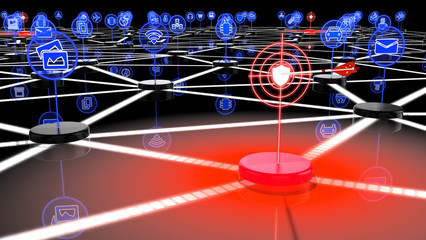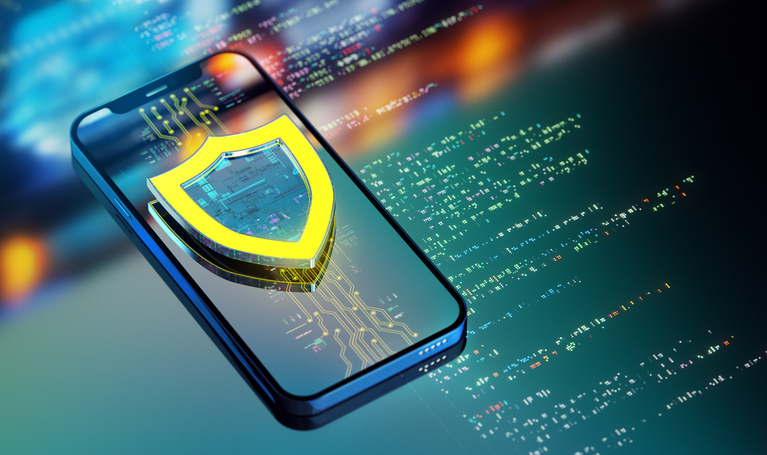Healthcare IT decision-makers are misunderstanding IoT security, according to a survey from ZingBox, an Internet of Things (IoT) security solution provider.
The survey, fielded in early July, found that the majority of healthcare IT networks have IoT devices and that most IT departments believe that existing security solutions for laptops and servers can also protect connected medical devices.
More than 90% of healthcare IT networks have IoT devices connected to them and over 70% believe that the traditional security solutions used to secure laptops and servers are sufficient to secure IoT connected medical devices.
>See also: 4 sectors vulnerable to IoT attacks in 2017
“The survey results demonstrate the current state of confusion and misconceptions abound in the healthcare industry on how best to secure connected medical devices. The need to gain a deeper understanding of the unique individual personalities of IoT devices remains a foreign concept to many. Unfortunately, you need to understand the device personalities to gain accurate visibility and protection,” said Xu Zou, CEO and Co-Founder of ZingBox.
“IoT technology presents special challenges to a healthcare organisation’s ability to protect itself from both insider threats as well as external cyber attacks across a wide range of attack vectors, as demonstrated by the most recent WannaCry ransomware and NotPetya wiperware attacks. As these attacks continue to step to the forefront, companies deploying IoT devices need to be more cognizant than ever of their security measures.”
>See also: IoT to improve the programming of implantable devices
In addition, the survey found that over 76% of IT decision-makers within healthcare organisations are confident or very confident that all devices connected to their network are protected.
Surprisingly, despite using the same laptop and server security techniques, IT at healthcare organisations believe they can detect irregularities in network traffic and account for the different personalities of an infusion pump or glucometer and can detect when it’s not behaving as intended.
>See also: It’s time to take IoT security seriously
“The results of the survey were sobering in terms of the risks the healthcare community faces,” said May Wang, CTO and Co-Founder of ZingBox. “This is a tremendous opportunity to raise awareness of healthcare organisations regarding their perception of security and their need to consider modern techniques such as cloud, machine learning and real-time remediation across an organisation’s entire IoT footprint. IoT requires a more thorough approach to constantly monitor for deviations in behaviour and provide alerts for suspicious behaviour.”
The UK’s largest conference for tech leadership, Tech Leaders Summit, returns on 14 September with 40+ top execs signed up to speak about the challenges and opportunities surrounding the most disruptive innovations facing the enterprise today. Secure your place at this prestigious summit by registering here







